Hsiao Chin and Mark Rothko: a meeting of minds
A major retrospective of pioneering Chinese abstract artist Hsiao Chin's work has opened at the Mark Rothko Art Centre in Latvia. A new film exploring the artist’s practice and global influences can be found on the Wallpaper* Instagram
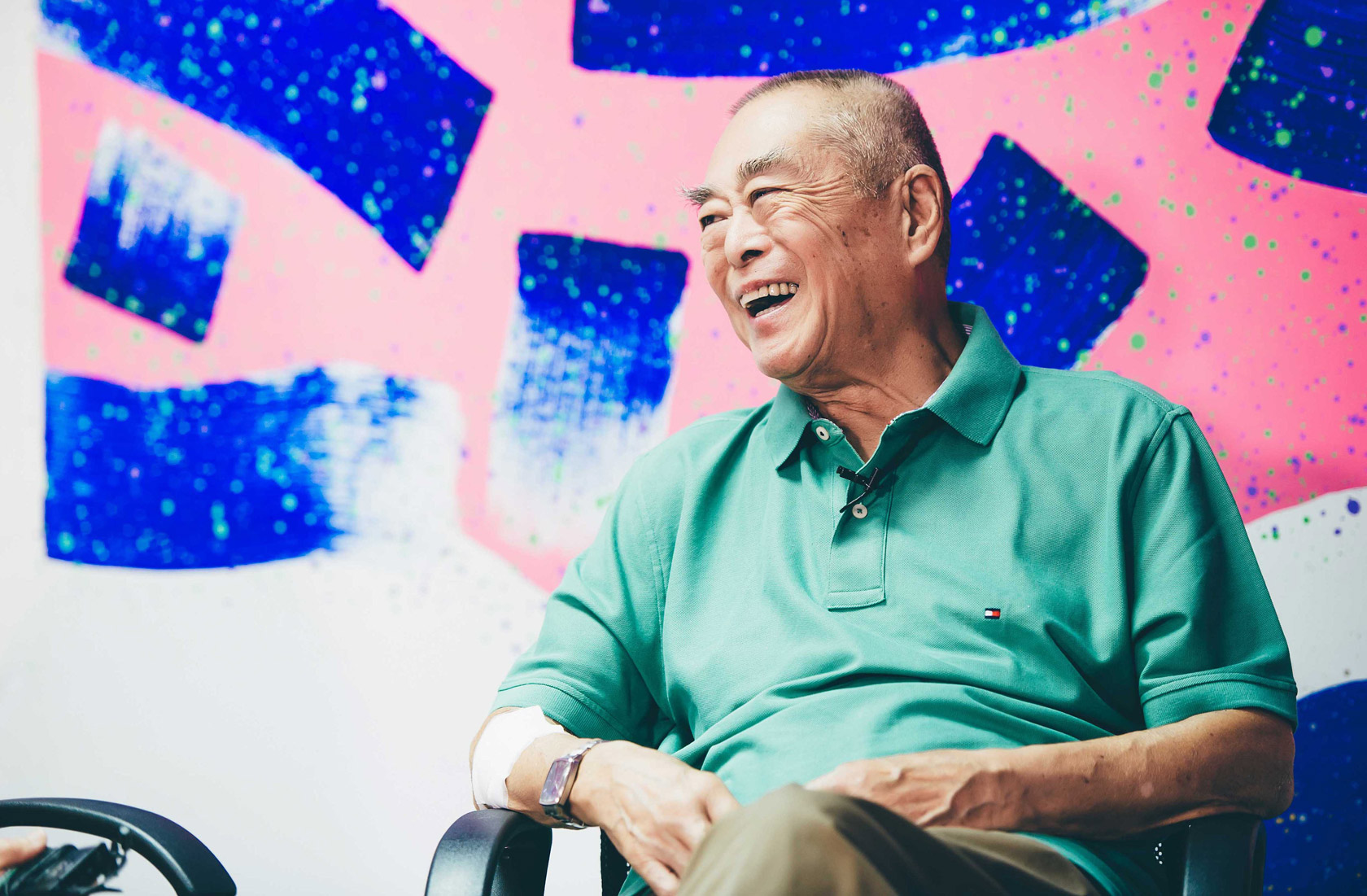
‘When I was a younger man, art was a lonely thing. No galleries, no collectors, no critics, no money,’ says Hsiao Chin, quoting Mark Rothko in a new film created in conjunction with his retrospective at the Mark Rothko Art Centre. ‘Yet, it was a golden age, for we all had nothing to lose and a vision to gain.’
It’s Hsiao Chin's own vision that sets him apart in the story of abstract art, which was often weighted towards American art in the mid-20th century. When Hsiao Chin began finding his artistic pulse in the late 1950s and early 60s, abstraction was in the wake of Informalism and in a volatile mood of action painting, both described by the artist in the film as ‘more actions than thoughts’. He was in search of something different, more meditative, what Rothko deemed ‘pockets of silence’. The results were minimal and utterly fundamental forms in black and white, drawing on the philosophy of Laozi and Zhuangzi. Hsiao Chin later discovered the work Tibetan Buddhist art, which prompted the use of vivid colour. These bold compositions fuse a European approach to abstraction with flushes of Fauvism and the liberal brushwork of Chinese calligraphy.
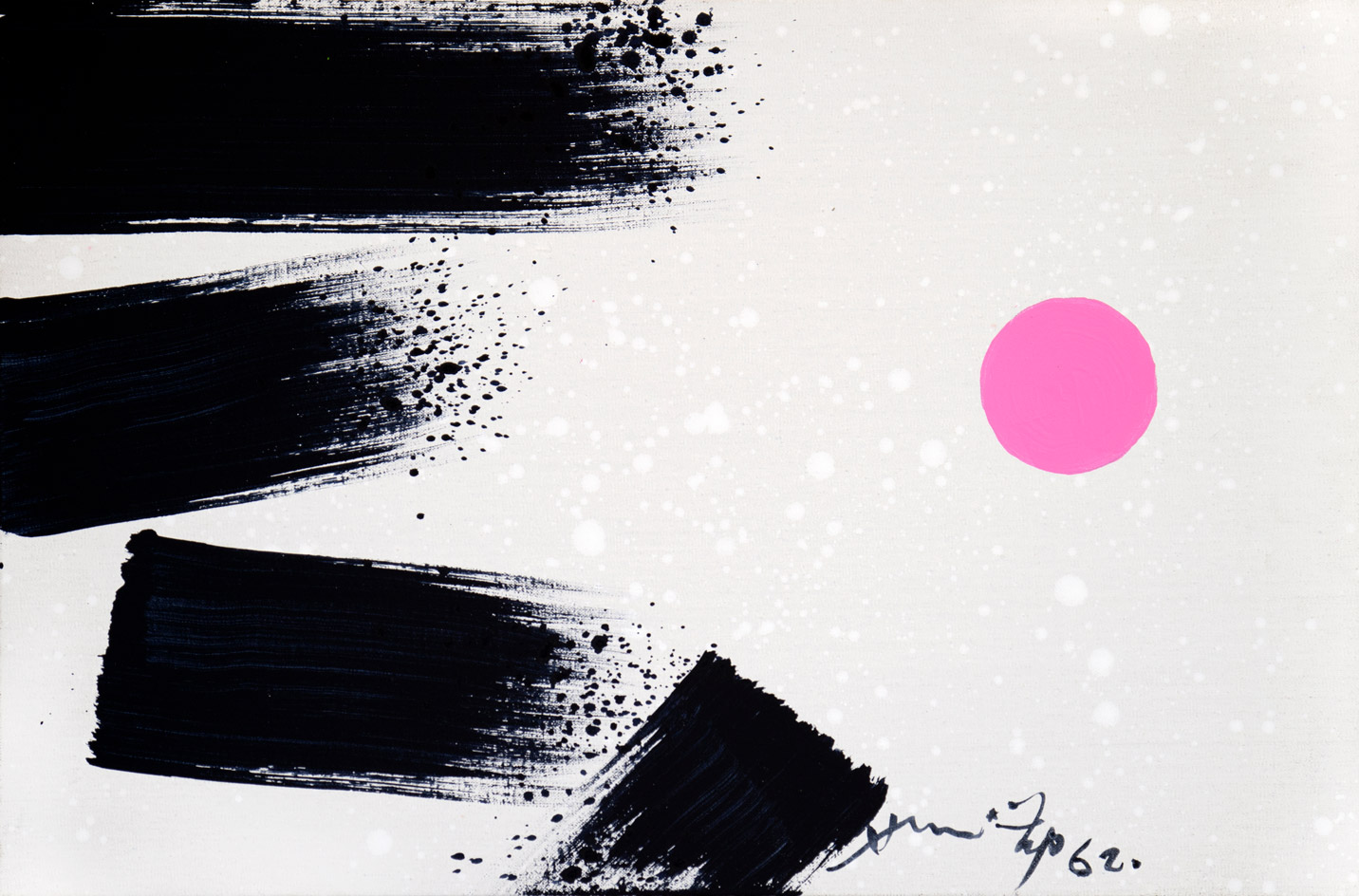
Hsiao Chin, The Origin of Chi 3, 1962. Ink on canvas, 40 x 60cm.
Hsiao Chin's retrospective at the Mark Rothko Art Centre sees six decades of the artist’s work – from 1959 to the present day – converge with the institution’s permanent collection of Rothko paintings. The exhibition explores, for the first time, how both artist's ideas intersected in the 1960s. Its title, ‘In My Beginning Is My End’ is an extract from the second poem in TS Eliot’s ‘Four Quartets’. The line has both spiritual and biographical relevance for Hsiao Chin. He was born in China in 1935, moved to Taiwan, then to Spain, settled in Italy for half a century, travelled through America, returned to Italy, then circled back to Taiwan. It’s perhaps this international view and global circularity that soaks Hsiao Chin’s work in such a contemporary feel.
Though his artistic origins were in oil paint, it became too lethargic a medium for Hsiao Chin, and he turned to acrylic (then a relatively new medium), which he found to have a similar immediacy as Chinese ink. Works such as Power of the light, and La Vibrazione del Sole (both 1965) see the circle motif, a symbol for heaven in Chinese culture, take centre stage, anchoring the paintings in a sense of spiritual balance and harmony.
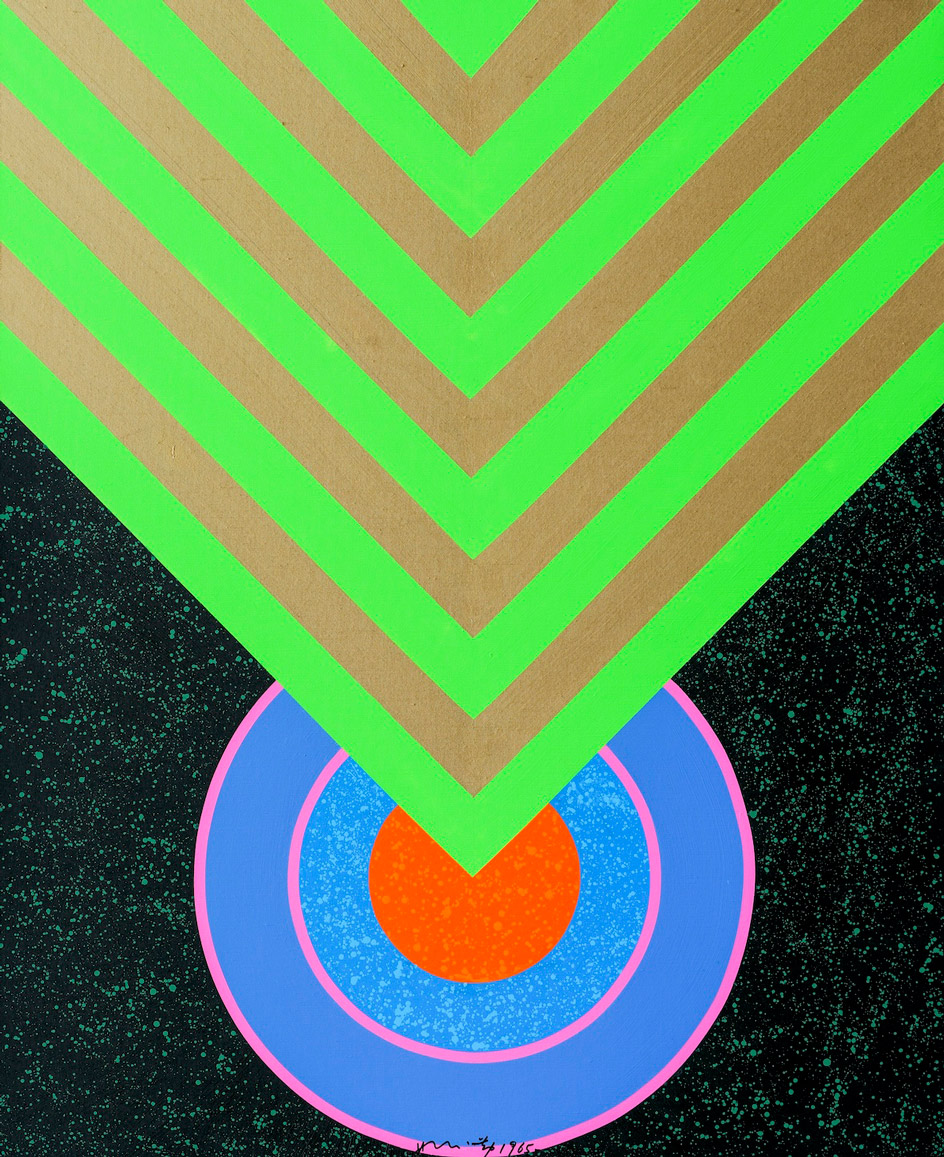
Hsiao Chin, Power of the light, 1965. Acrylic on canvas, 160 x 130cm.
Hsiao Chin was also instrumental in bringing Chinese contemporary art, and creative voices from Chinese diaspora, into the Western conversation. In Milan in 1961, he became the first Chinese artist to found a major international avant-garde movement, the Movimento Punto, which drew on Eastern philosophy. In 1963, he curated ‘Chinesische Künstler der Gegenwart’, an exhibition in Leverkusen (West Germany), which is said to be the first post-war group show of Chinese contemporary art in the West.
So where do Rothko and Hsiao Chin share common ground? In abstraction, certainly, but they are bound by something deeper, and even more intangible: spirituality. They first met in 1968 on Hsiao Chin’s first visit to New York and became friends, with Hsiao Chin gravitating towards Rothko’s rejection of consumerism and use of abstraction as a spiritual portal. ‘His peers may appear to be the Italian Lucio Fontana and the American Kenneth Noland, but in his search for a language of painting that can incarnate spiritual experiences, the only comparable painter of the time is Mark Rothko - which makes holding Hsiao Chin's retrospective in Mark Rothko's hometown museum so compelling,’ explains exhibition curator Philip Dodd.
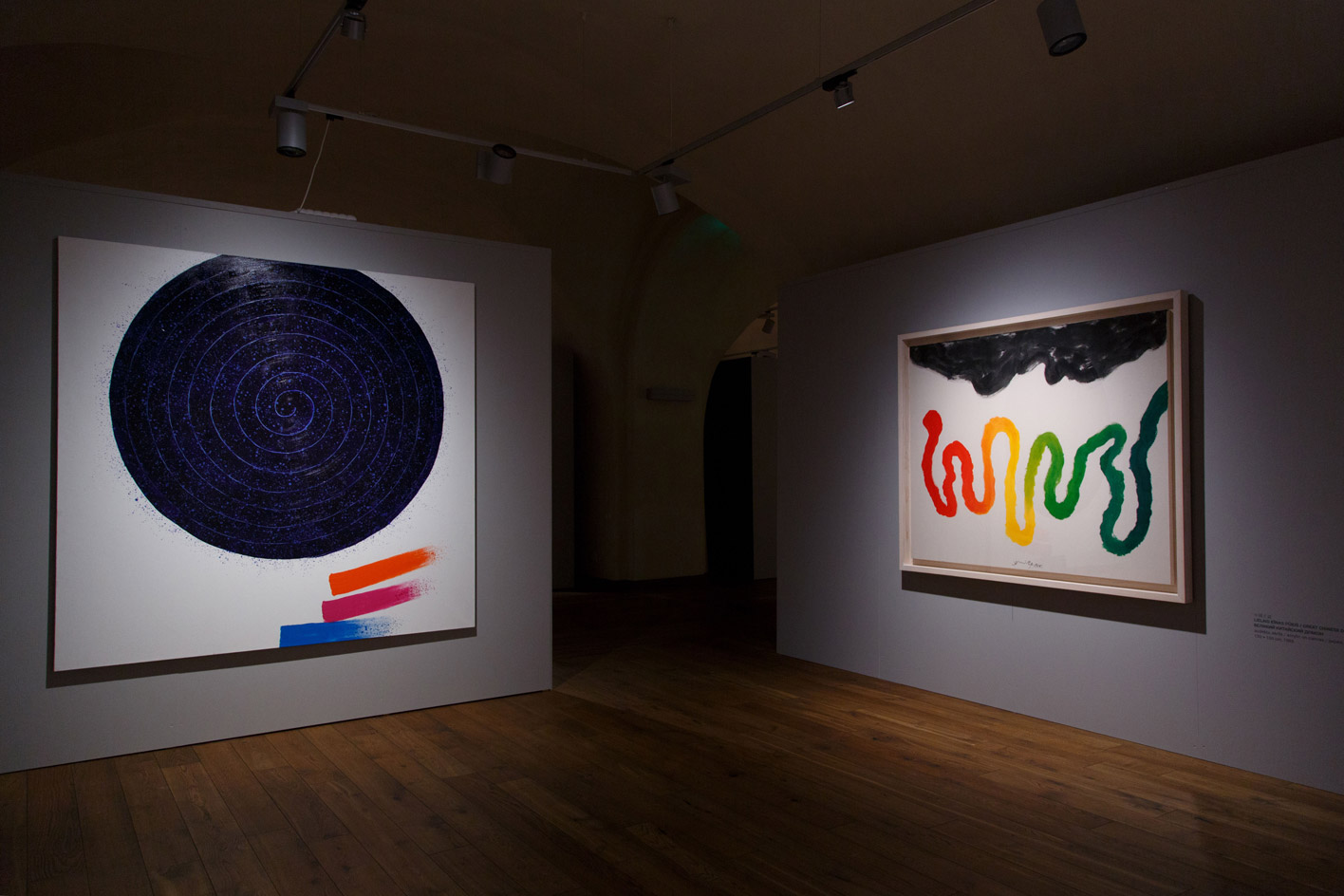
Installation view: ‘In My Beginning Is My End: The Art of Hsiao Chin’, Mark Rothko Art Centre, Latvia.
Hsiao Chin infused his visual language with a distinctly international flavour. This is a meeting of Hsiao Chin and Mark Rothko. It’s also a meeting of East and West; terrestrial and otherworldly; introspection and global vision; beginning and end. It also proves that in art, these boundaries need not exist. As Hsiao concludes in the film, ‘My paintings reflect my vision of life, which has no beginning or end and never stops.’
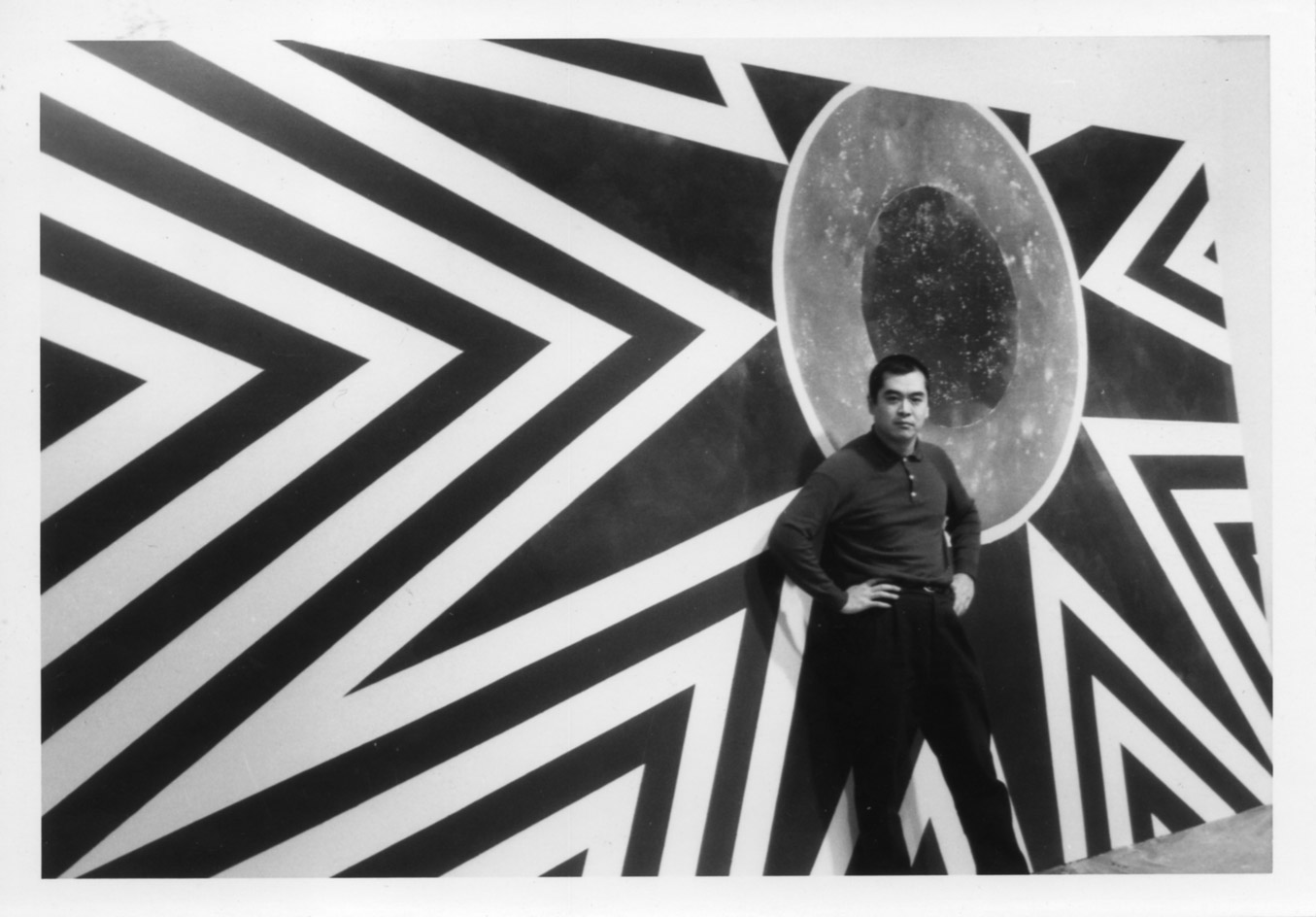
Hsiao Chin in London, 1965
INFORMATION
’In My Beginning is My End: The Art of Hsiao Chin’, until 25 October, Mark Rothko Art Centre.
hsiaochin.org.tw; rothkocenter.com
ADDRESS
Receive our daily digest of inspiration, escapism and design stories from around the world direct to your inbox.
Mark Rothko Art Centre
Mihaila iela 3
Daugavpils, LV-5401
Latvia
Harriet Lloyd-Smith was the Arts Editor of Wallpaper*, responsible for the art pages across digital and print, including profiles, exhibition reviews, and contemporary art collaborations. She started at Wallpaper* in 2017 and has written for leading contemporary art publications, auction houses and arts charities, and lectured on review writing and art journalism. When she’s not writing about art, she’s making her own.
-
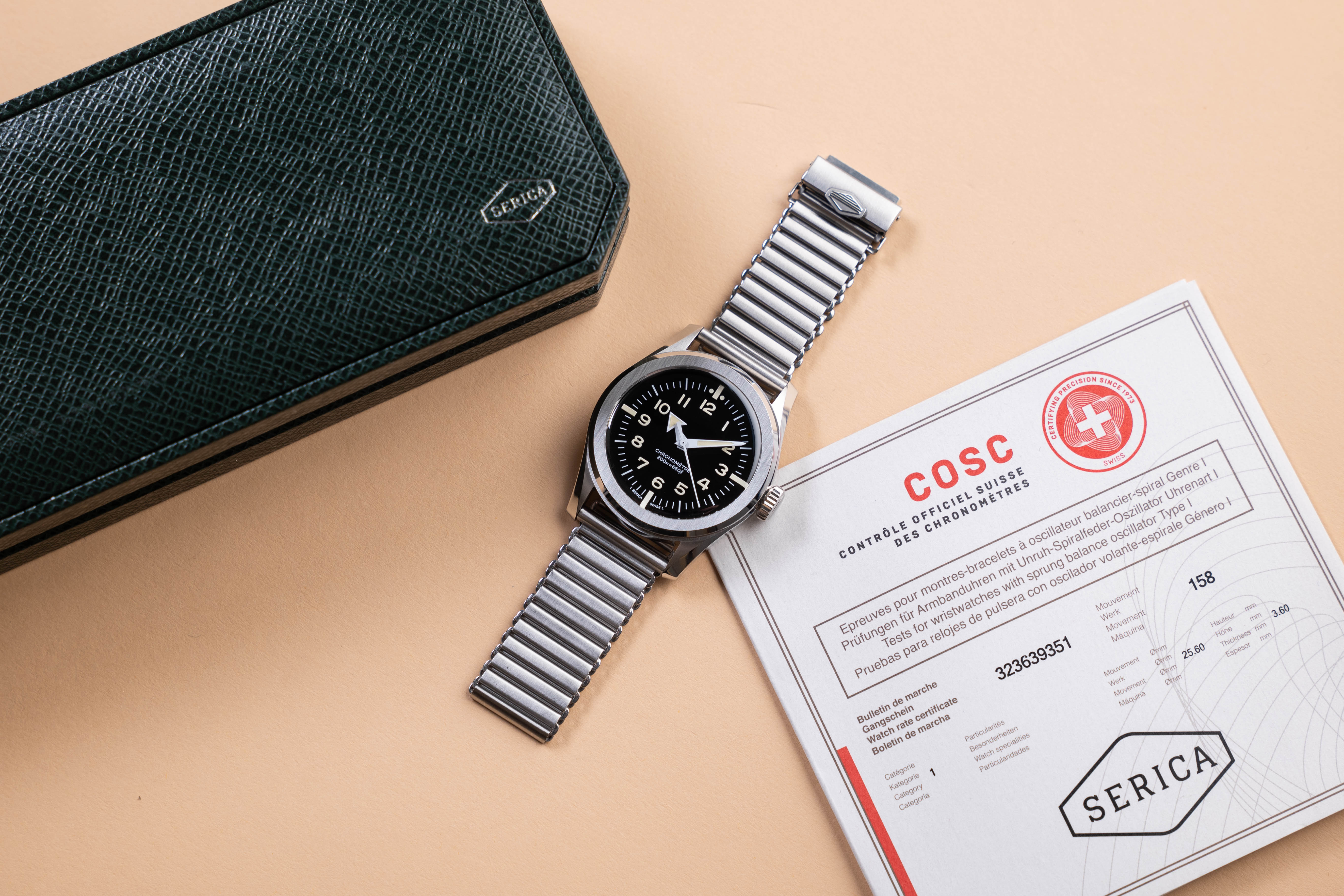 Click to buy: how will we buy watches in 2026?
Click to buy: how will we buy watches in 2026?Time was when a watch was bought only in a shop - the trying on was all part of the 'white glove' sales experience. But can the watch industry really put off the digital world any longer?
-
 Don't miss these art exhibitions to see in January
Don't miss these art exhibitions to see in JanuaryStart the year with an inspiring dose of culture - here are the best things to see in January
-
 Unmissable fashion exhibitions to add to your calendar in 2026
Unmissable fashion exhibitions to add to your calendar in 2026From a trip back to the 1990s at Tate Britain to retrospectives on Schiaparelli, Madame Grès and Vivienne Westwood, 2026 looks set to continue the renaissance of the fashion exhibition
-
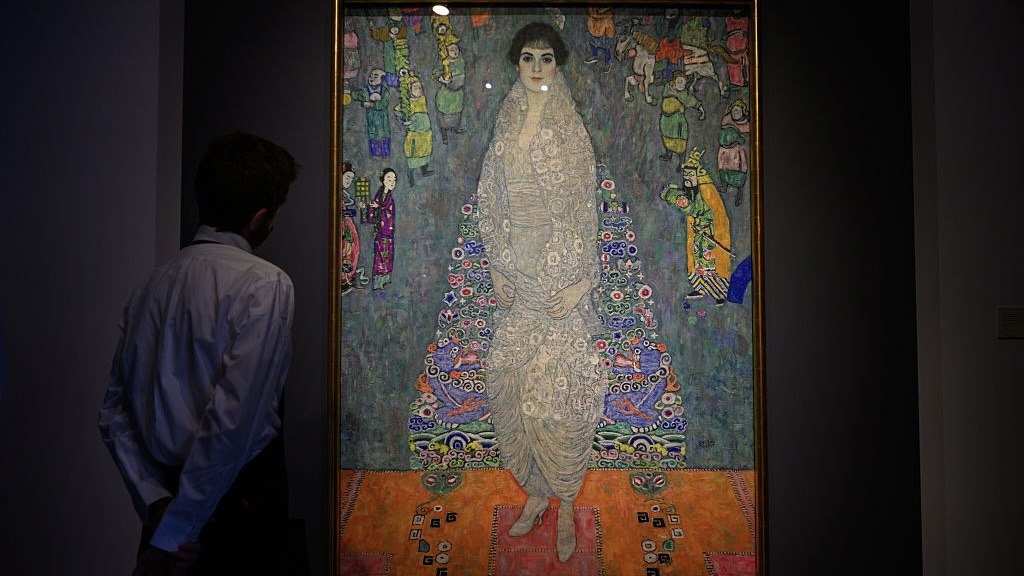 This Gustav Klimt painting just became the second most expensive artwork ever sold – it has an incredible backstory
This Gustav Klimt painting just became the second most expensive artwork ever sold – it has an incredible backstorySold by Sotheby’s for a staggering $236.4 million, ‘Portrait of Elisabeth Lederer’ survived Nazi looting and became the key to its subject’s survival
-
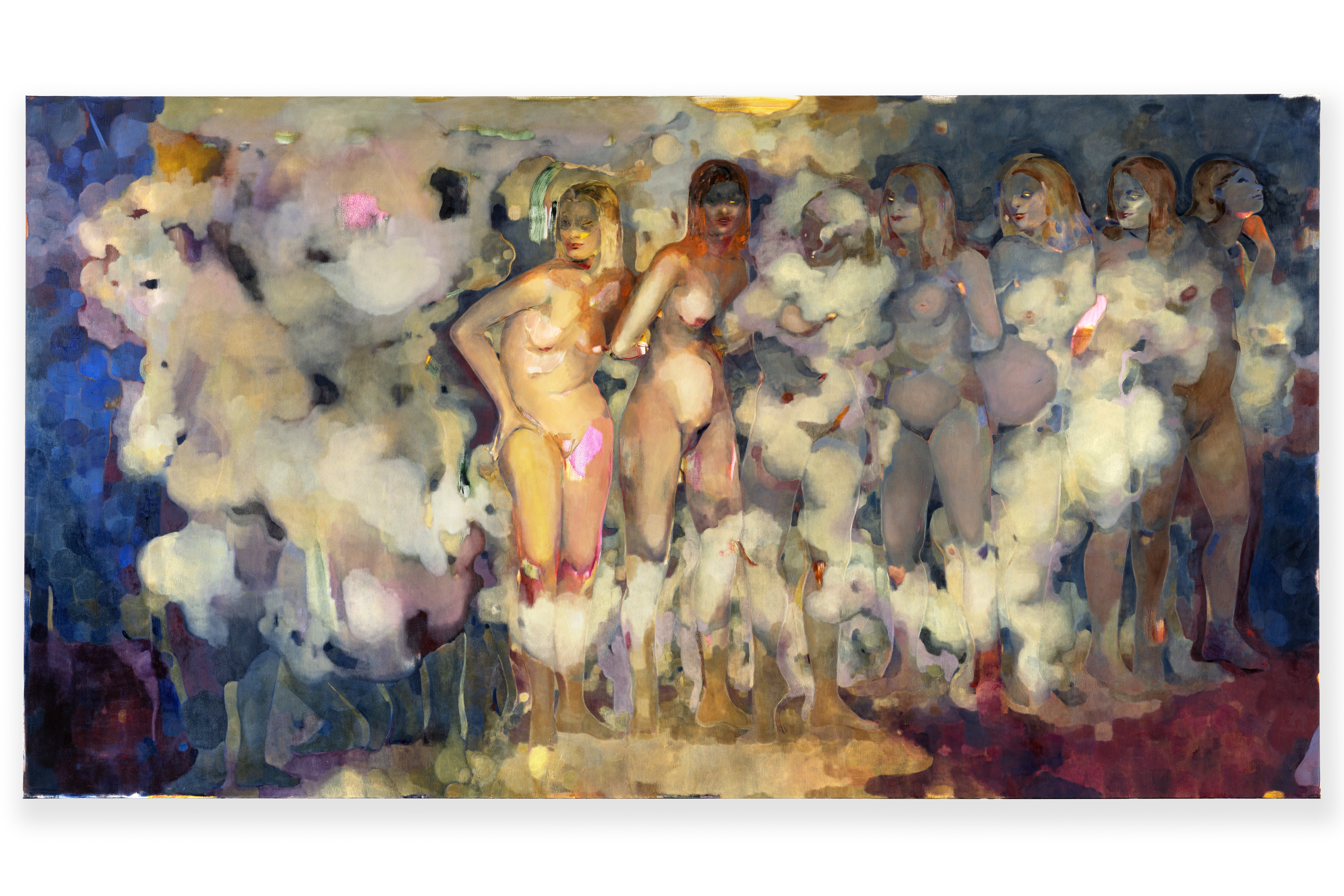 Meet Eva Helene Pade, the emerging artist redefining figurative painting
Meet Eva Helene Pade, the emerging artist redefining figurative paintingPade’s dreamlike figures in a crowd are currently on show at Thaddaeus Ropac London; she tells us about her need ‘to capture movements especially’
-
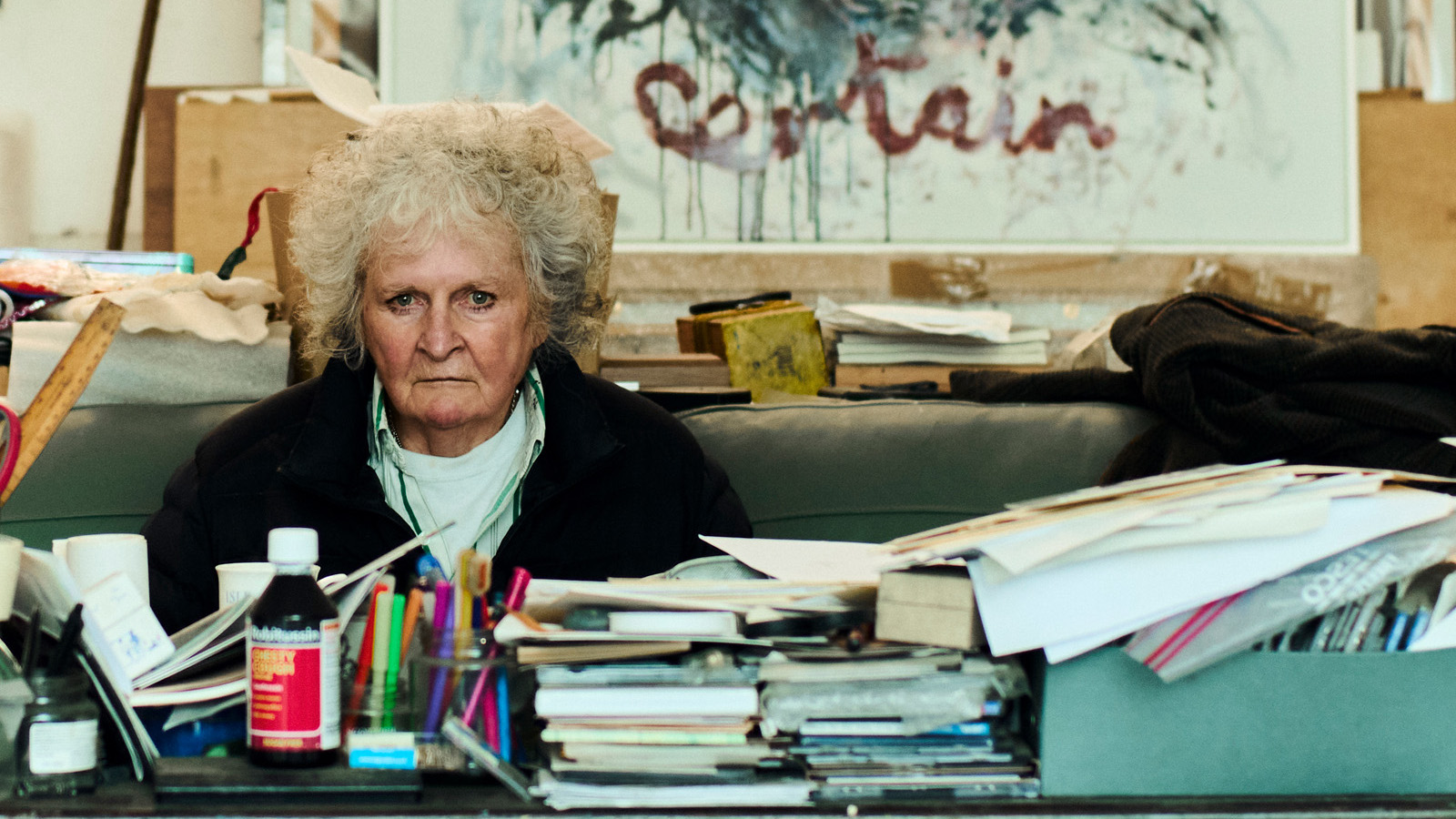 Maggi Hambling at 80: what next?
Maggi Hambling at 80: what next?To mark a significant year, artist Maggi Hambling is unveiling both a joint London exhibition with friend Sarah Lucas and a new Rizzoli monograph. We visit her in the studio
-
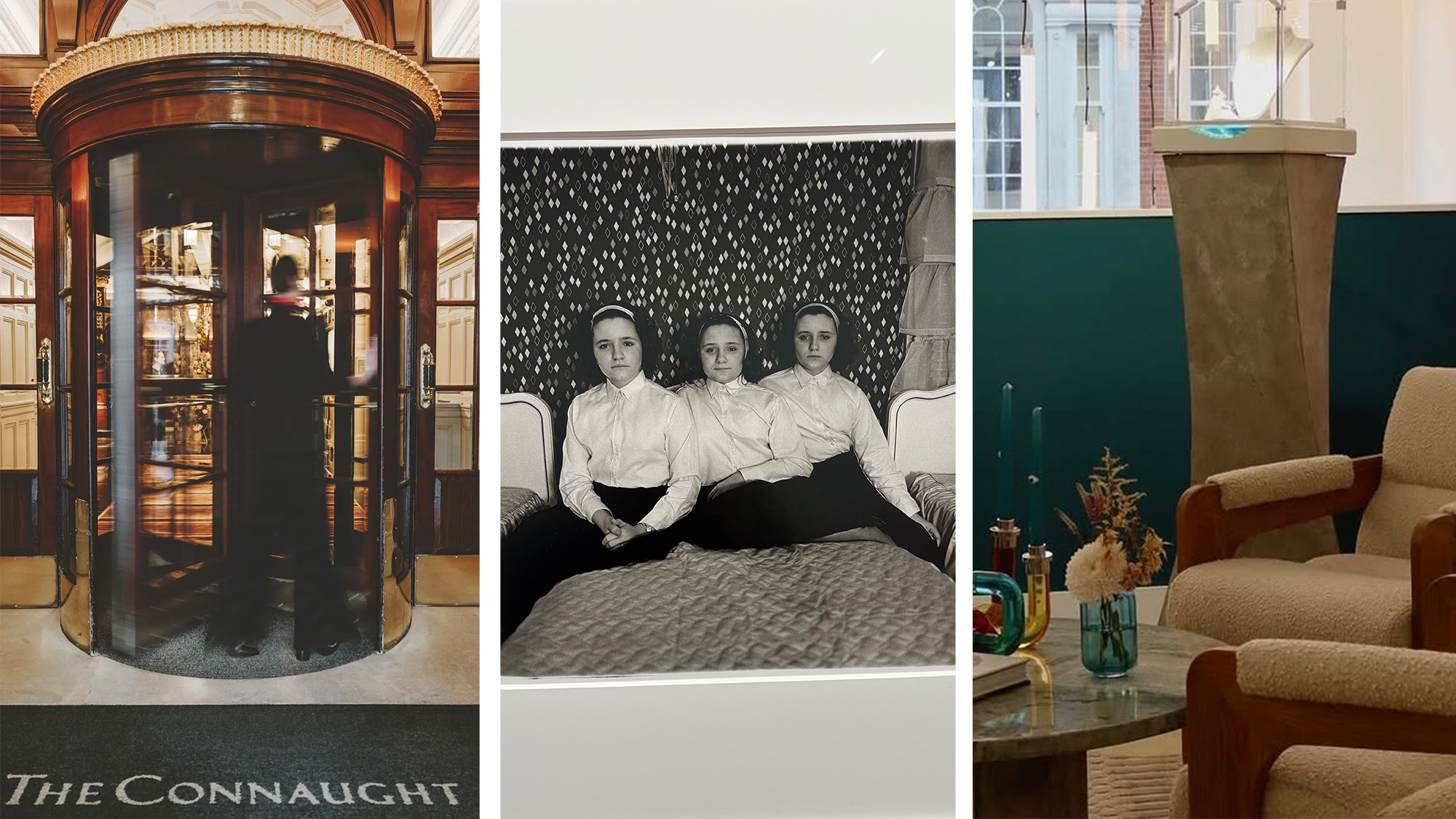 Out of office: The Wallpaper* editors’ picks of the week
Out of office: The Wallpaper* editors’ picks of the weekThis week, the Wallpaper* editors curated a diverse mix of experiences, from meeting diamond entrepreneurs and exploring perfume exhibitions to indulging in the the spectacle of a Middle Eastern Christmas
-
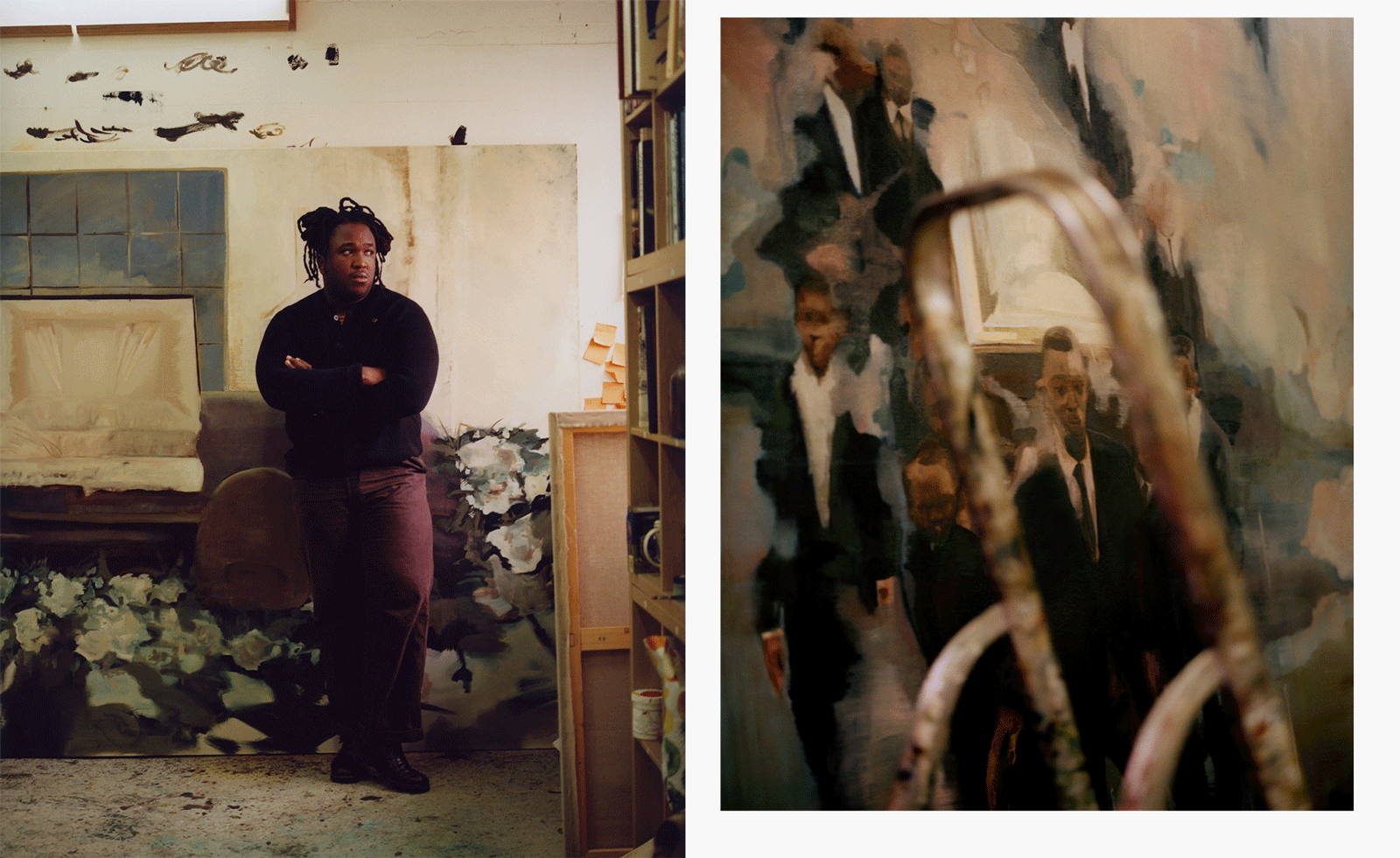 Artist Shaqúelle Whyte is a master of storytelling at Pippy Houldsworth Gallery
Artist Shaqúelle Whyte is a master of storytelling at Pippy Houldsworth GalleryIn his London exhibition ‘Winter Remembers April’, rising artist Whyte offers a glimpse into his interior world
-
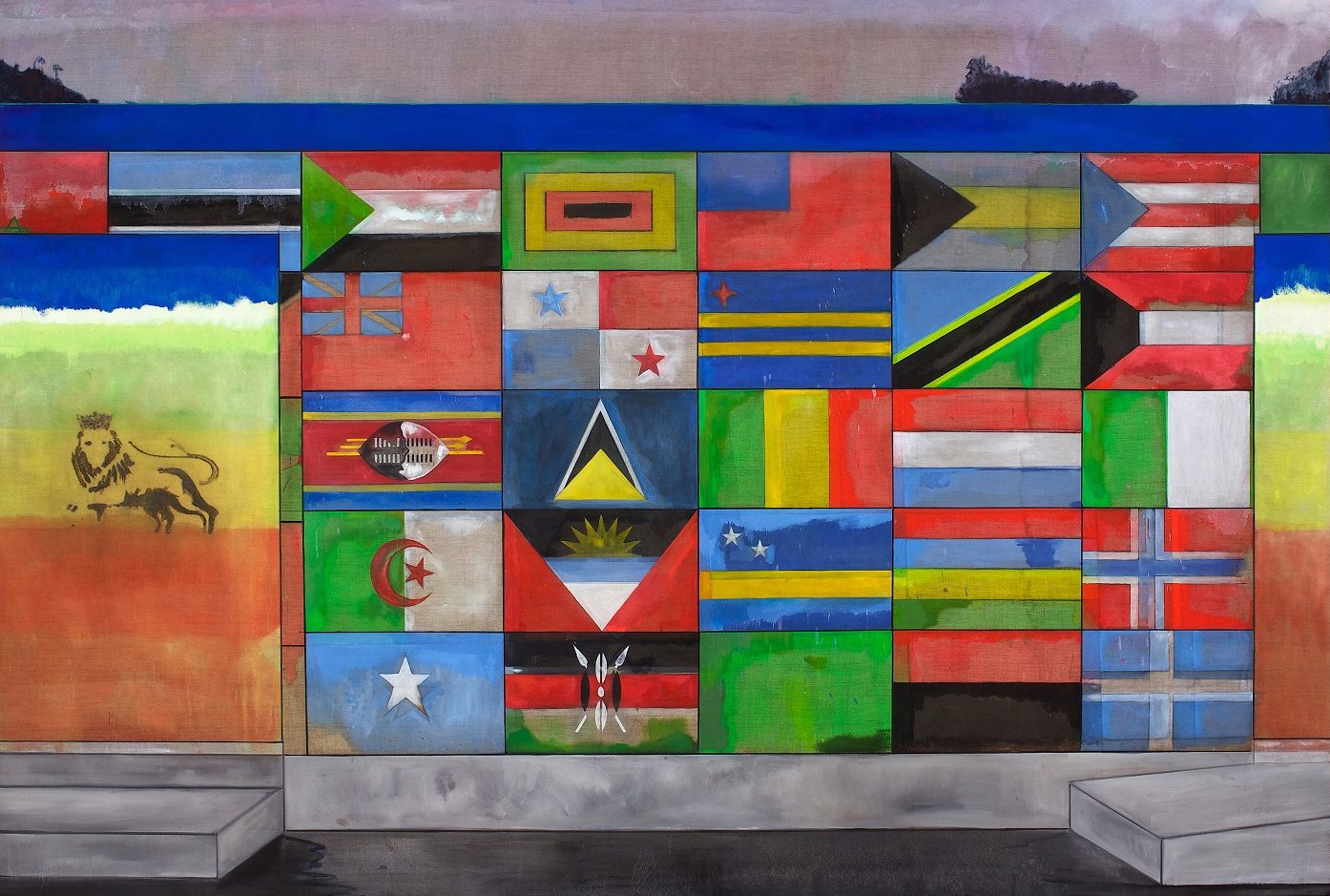 ‘Sit, linger, take a nap’: Peter Doig welcomes visitors to his Serpentine exhibition
‘Sit, linger, take a nap’: Peter Doig welcomes visitors to his Serpentine exhibitionThe artist’s ‘House of Music’ exhibition, at Serpentine Galleries, rethinks the traditional gallery space, bringing in furniture and a vintage sound system
-
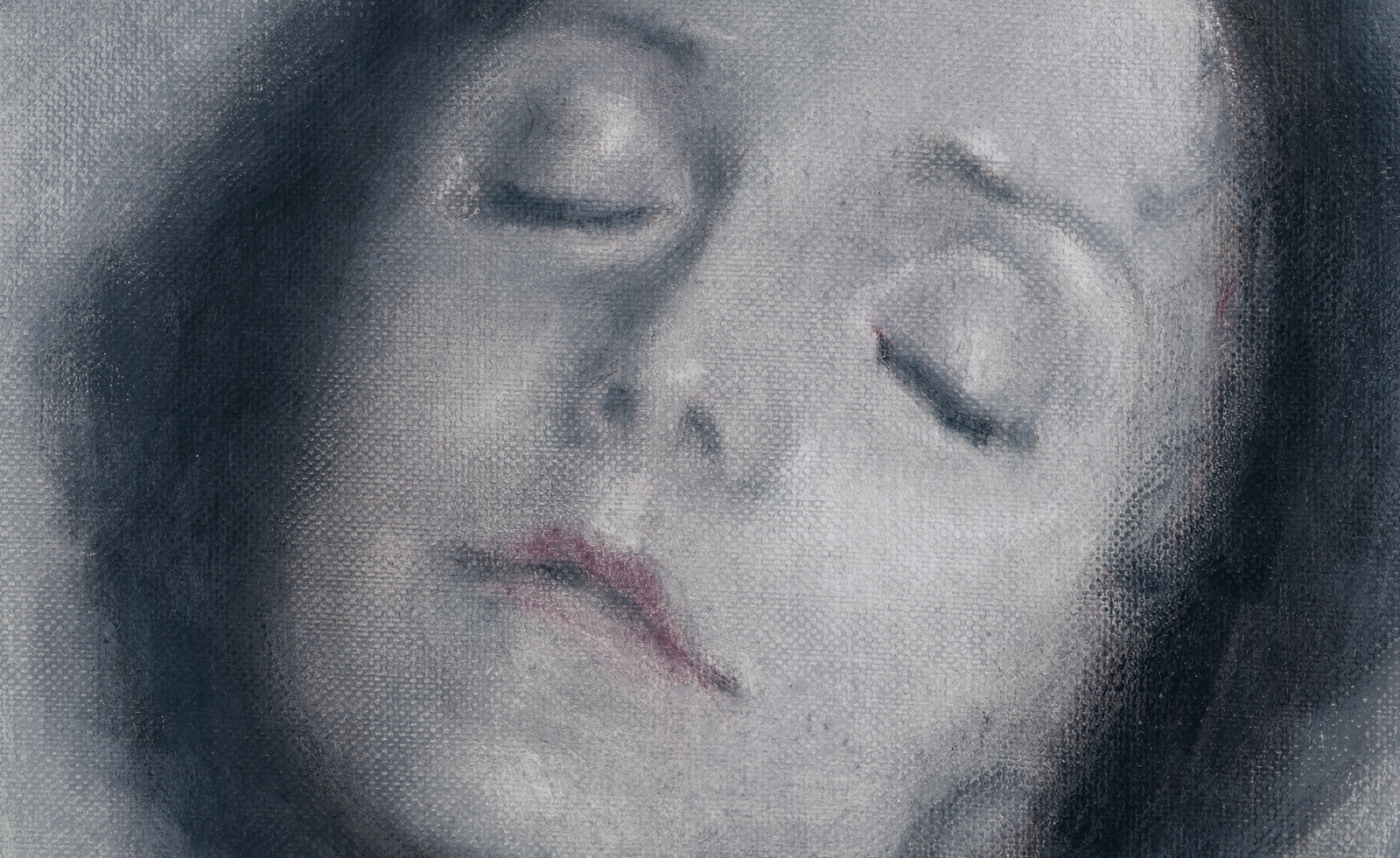 Classic figurative painting is given a glamorous and ghostly aura by Polish artist Łukasz Stokłosa
Classic figurative painting is given a glamorous and ghostly aura by Polish artist Łukasz StokłosaThe gothic meets the glamorous in Stokłosa’s works, currently on show at London’s Rose Easton gallery
-
 What's the story with Henni Alftan’s enigmatic, mysterious paintings? The artist isn’t saying
What's the story with Henni Alftan’s enigmatic, mysterious paintings? The artist isn’t sayingParis-based artist Henni Alftan's familiar yet uncanny works are gloriously restrained. On the eve of a Sprüth Magers exhibition in Berlin, she tells us why